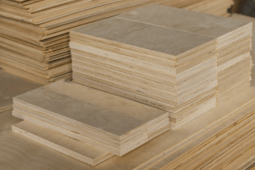Sheetrock vs. Drywall – Understanding the Key Differences and Similarities
When talking about home renovation and construction, the terms Sheetrock and drywall often pop up, leading to a common question: What exactly sets them apart? If you’ve ever found yourself pondering this query while planning a remodel or repair, you’re not alone. Within this article, we aim to shed light on the differences and similarities between Sheetrock and drywall, ensuring you’re well-informed for your next home improvement project.
Understanding the Basics – What Are Sheetrock and Drywall?
When embarking on a construction or renovation project, the materials you choose are crucial to its success. Sheetrock and drywall are terms that frequently arise in discussions surrounding interior walls and ceilings. But what are they, exactly? Essentially, both refer to panels used in the construction of interior walls and ceilings. These panels are made from gypsum, a soft mineral that is sandwiched between two thick sheets of paper. Gypsum is favored for its fire-resistant qualities, making it an ideal choice for building materials. The key point to understand here is that Sheetrock is a brand name for drywall panels produced by the US Gypsum Company. In essence, all Sheetrock is drywall, but not all drywall is Sheetrock.
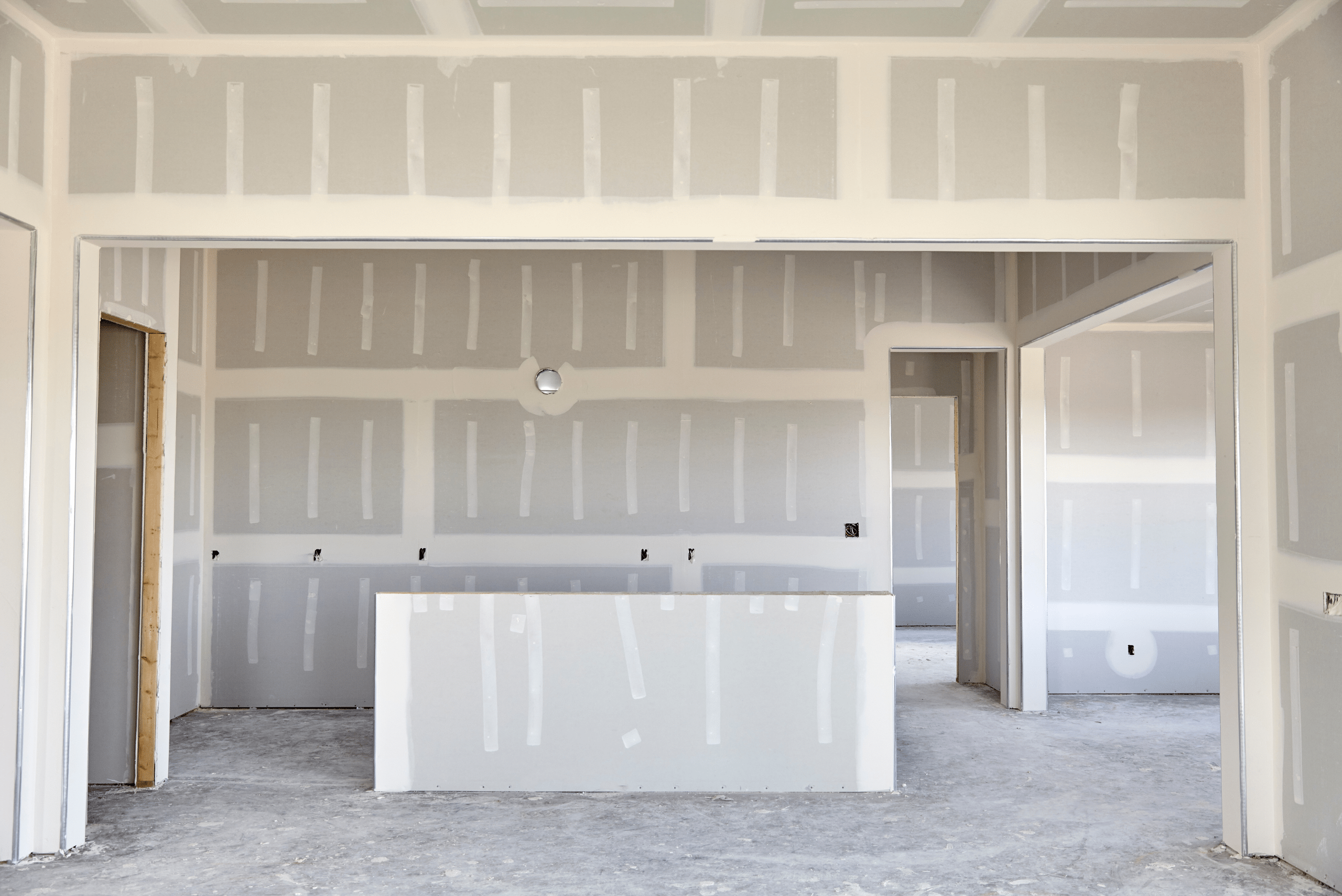
This distinction is akin to referring to all tissues as Kleenex, even though Kleenex is a brand name. The widespread use of the Sheetrock brand has led to its name being commonly used interchangeably with drywall. However, several manufacturers produce drywall, each with their unique features and benefits. Therefore, when planning your project, it’s essential to consider whether specific brand attributes align with your needs or if a generic drywall panel will suffice.
The Varieties and Uses – Exploring Different Types of Drywall
Drywall comes in various types, each designed for specific applications and needs. Understanding these can significantly impact the outcome of your project. For instance, regular whiteboard drywall is the most common type used in residential buildings. It’s versatile, cost-effective, and suitable for most interior walls and ceilings. However, for areas prone to moisture, such as bathrooms and kitchens, greenboard drywall is a better choice. This type has a water-resistant green paper covering that helps protect the gypsum core from moisture damage.
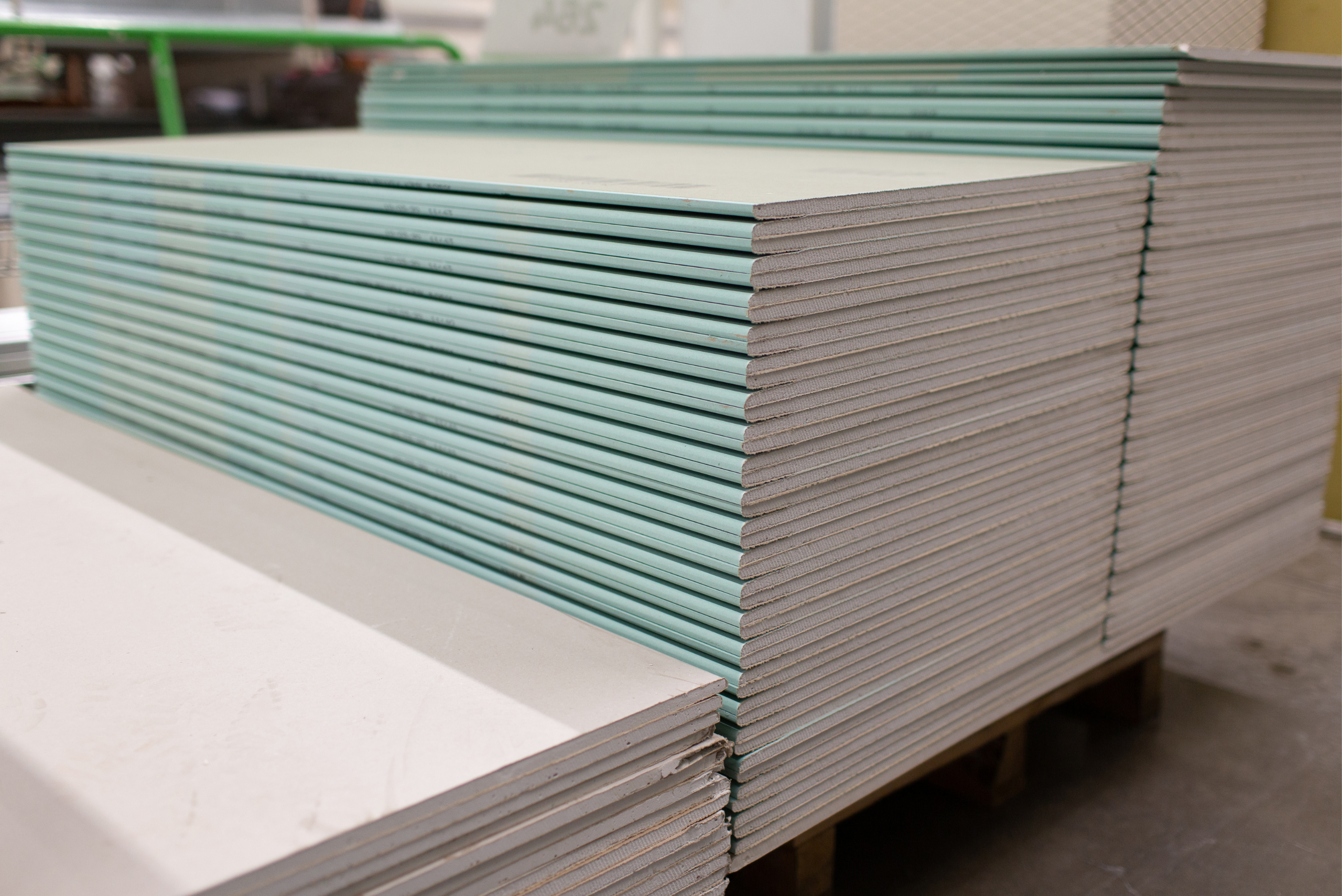
Other specialized types include fire-resistant (Type X) drywall, which contains non-combustible fibers that increase its fire resistance. This is ideal for use in garages, furnace rooms, and any area where additional fire protection is desired. There’s also soundproof drywall, which is denser than regular drywall and designed to reduce noise transmission between rooms. When selecting drywall for your project, consider the specific requirements of each space in your home. Choosing the right type can enhance the functionality and comfort of your living environment.
Tips for Working with Sheetrock and Drywall
Installing Sheetrock or drywall might seem daunting, but with the right tools and techniques, it can be a manageable DIY project. The process involves measuring and cutting the panels to fit your space, securing them to the wall or ceiling framing with drywall screws, and then finishing the seams with joint compound. Precision in cutting and securing the panels is crucial for a smooth finish. A common tip for beginners is to use a drywall T-square to ensure accurate cuts.
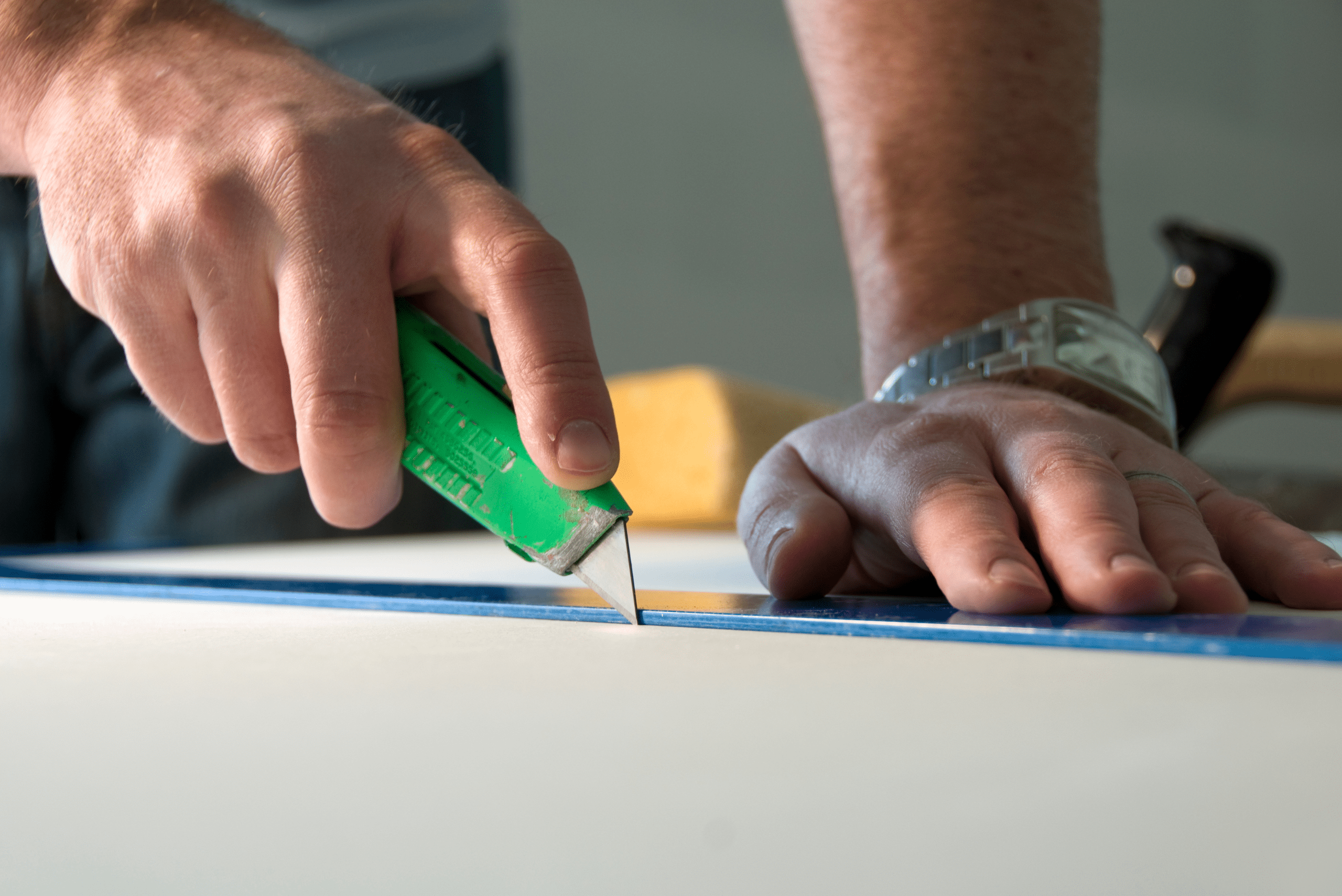
Another critical aspect of drywall installation is the finishing process. This involves applying multiple layers of joint compound (also known as mud) over the seams, screw heads, and any imperfections, followed by sanding to achieve a smooth surface. Patience and attention to detail during this stage can significantly impact the quality of the final appearance. For those new to drywalling, it may be beneficial to practice on a small section before tackling a larger area.
Creative Applications Aside From Walls and Ceilings
While Sheetrock and drywall are primarily used for constructing walls and ceilings, their versatility allows for creative applications in home decor and design. For example, drywall can be used to create custom shelving, entertainment centers, or even decorative archways and features. With the right tools and a bit of creativity, these materials can be transformed into unique elements that enhance the aesthetic of your home.
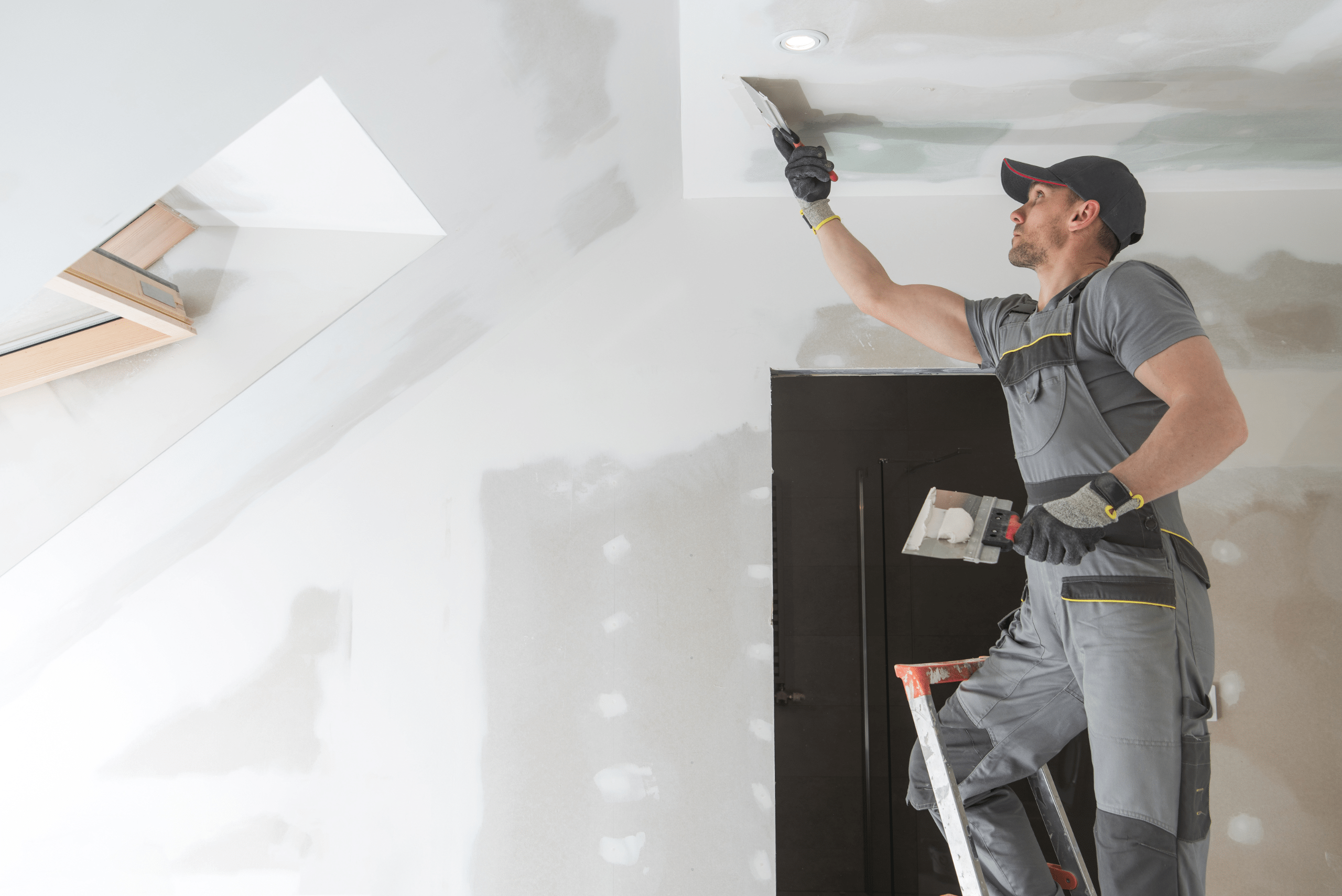
Additionally, artists and DIY enthusiasts have discovered that drywall compound can be used for texturing walls or creating relief art. By applying the compound in layers and using tools to sculpt and shape it, one can add dimension and interest to otherwise flat surfaces. This technique can be used to create features like raised panels, faux brick or stone effects, and much more. The possibilities are only limited by your imagination.
Related Articles:
- How to Fix Drywall – Patching and Repairing Walls
- Helpful Tips: How to Cut Drywall Like a Pro
- Your Guide to Different Types of Drywall Anchors
Understanding the distinctions and applications of Sheetrock and drywall is crucial for anyone embarking on a construction or renovation project. While they are essentially the same material, the brand name Sheetrock carries with it certain expectations of quality and performance. However, the wide variety of drywall products available on the market means that there are options to suit every need and budget. Join our community of like-minded DIYers and receive valuable insights to help you with your home projects and repairs.





